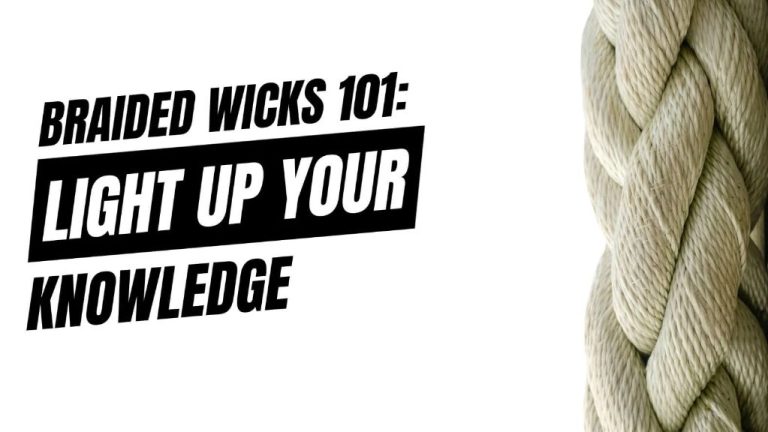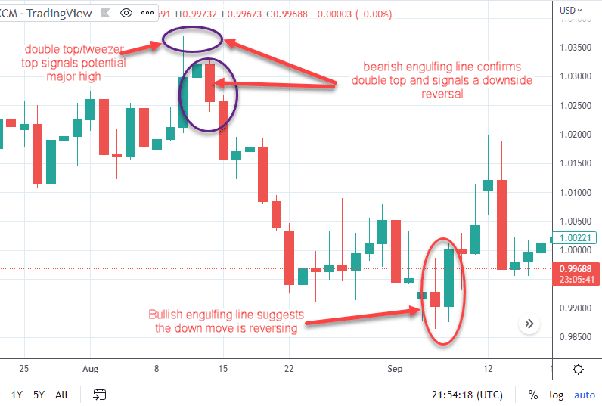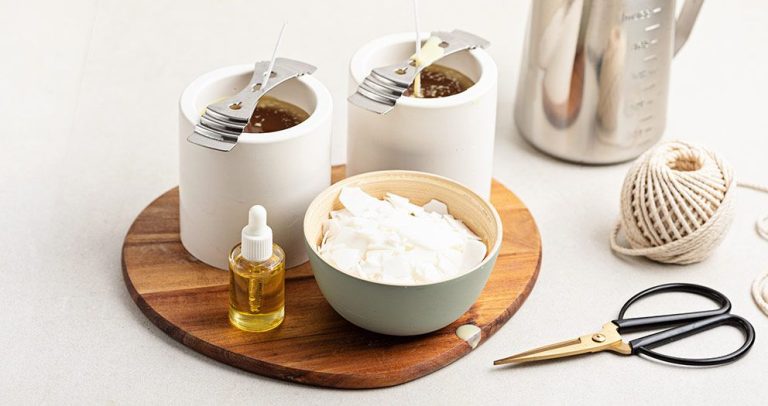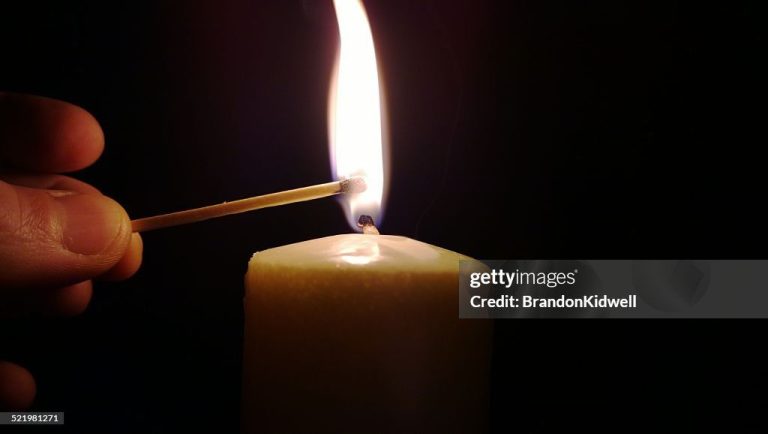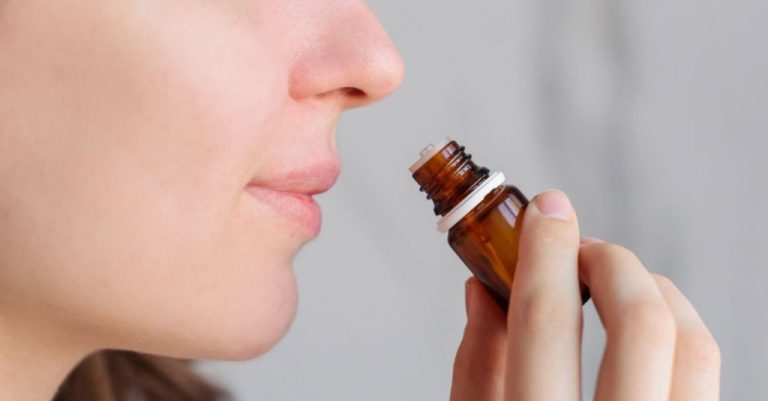Do You Need To Prime Wooden Wicks?
What Are Wooden Wicks?
Wooden wicks are a type of candle wick made from wood rather than cotton. They are constructed from thin pieces of wood, typically bamboo, that have been pressed together to form a flax-like bundle. The most common woods used are bamboo, birch, and wood flour composites.
Unlike regular cotton wicks which burn down with the wax, wooden wicks are designed to resist burning and hold their shape. As the candle burns, the wood grains help draw wax up through the wick. This allows the wick to flex and bend, while remaining rigid enough to support the melted wax pool.
When lit, wooden wicks make a soft crackling sound. This is caused by the wood fibers expanding and contracting as they’re heated and cooled. The natural wood scent also comes through when burned, adding a pleasant fragrance to the candle.
Overall, the natural wood composition makes wooden wicks stand apart from traditional wicks. They burn cleaner, hold their shape better, and add sensory elements like scent and sound to the candle experience.
Do Wooden Wicks Need Priming?
Priming wooden wicks before use is generally recommended for best performance and to reduce potential issues like sooting. Priming creates a hardened first burn on the wick, which establishes the shape of the melting tip and allows for a more even burn once the candle is lit.
Unlike cotton wicks which tend to curl naturally when lit, wooden wicks are stiff and need priming to create that initial curl to ensure proper burning. Priming helps wooden wicks hold their shape within the wax pool and promotes full wick combustion.
Most wooden wick manufacturers advise priming their wicks prior to candle making. Priming seals and hardens the wood fibers to prevent the wick from absorbing the wax and potentially losing its shape. It creates a protective barrier on the wick and helps it resist natural waxes that can cause clogging.
Overall, priming wooden wicks is highly recommended to allow for proper capillary action, reduce mushrooming, promote an even burn, and prevent common issues like soot and drowning. Taking this simple first step helps ensure peak wick performance in your finished candles.
Pros and Cons of Priming Wooden Wicks
Priming wooden wicks before first use provides a number of benefits. Priming helps the wick absorb wax evenly, which promotes full, robust burning once the candle is lit. It also allows the wax to fully saturate the braided fibers of the wick, reducing the risk of charring or snuffing out.
Additionally, priming wooden wicks helps anchor the wick firmly in the wax pool so it stands upright while the candle burns. It essentially ‘sets’ the wick in place to prevent issues like tunneling. Priming forms a wax coating around the wick, allowing it to melt wax more efficiently when lit.
However, some downsides may also come with priming wooden wicks. It adds an extra preparatory step before making candles. The wicks must be allowed to dry thoroughly after priming, which takes some time. Priming with wax that contrasts the candle wax color could potentially leave residue on the wick.
There is also debate around whether priming is absolutely necessary for wooden wicks to burn well. Some chandlers skip priming and have success with wooden wick performance. As with most candlemaking techniques, personal testing and preference tends to dictate approaches.
How to Prime a Wooden Wick
Priming a wooden wick is a simple process that ensures proper, consistent burns. Here are the materials you’ll need and the steps to follow:
Materials Needed
- Wooden wicks
- Wick primer or wax pencil
- Paper towels or cloth
Step-by-Step Process
- Start by inspecting the wooden wick and making sure the braid is tight and secure.
- Use the paper towel to clean the wick and remove any dust or debris.
- Apply primer or wax pencil to the top 1/2 inch of the wick, making sure to coat all sides evenly.
- Let the primer dry completely before using the wick.
- Once dry, trim the end of the wick to expose the primed portion.
- Repeat this process each time you replace the wick in your candle.
Priming wooden wicks helps prevent clogging and encourages an even burn. With the right materials and these simple steps, you can easily prime wicks for your candles.
Priming Tips and Tricks
Here are some useful tips and tricks when priming your wooden wicks:
Recommended Priming Materials: Beeswax and paraffin wax are common priming materials. Beeswax provides a natural scent while paraffin wax tends to be scentless. Soy wax can also be used. Avoid scented waxes, as the scent can interfere with the candle fragrance. Use a wick dipping tool for easiest application.
Drying Time: Allow the primed wick to dry completely before using, which typically takes 1-2 hours. Drying too quickly near a heat source may cause cracking. Let it air dry at room temperature for best results.
Testing Before Use: It’s always wise to test a primed wick before making candles. Light the wick and allow it to burn for a few minutes to ensure an even burn with no flaring or smoking. Trim the wick if needed to optimize the burn.
Common Priming Mistakes
When priming wooden wicks, it’s easy to make mistakes that can negatively impact performance and burn time. Here are some of the most common priming mistakes to avoid:
Using Wrong Materials – Not all primers are created equal. Avoid using water-based primers, as they can cause the wood to swell and crack when burning. Also stay away from wax-based primers, as wax can clog the wood grain. For best results, use a wood-safe, oil-based primer specifically designed for wicks.
Not Fully Saturating the Wick – Failing to fully saturate the wick can lead to uneven burning, tunneling, and poor rigidity. Take the time to liberally apply primer until the wood fibers are completely saturated. Let the wick dry fully before saturating again for a second coat.
Rushing the Drying Process – It’s crucial not to rush the drying process between coats. If the wick isn’t fully dry before re-priming, the moisture can cause bubbling, cracking, or swelling. Allow at least 24 hours of drying time between applications for best results.
Maintaining Primed Wooden Wicks
Proper handling and storage are key for maintaining primed wooden wicks. Priming helps the wick light quickly and burn evenly, so you want to avoid damaging the wick coating.
Store primed wicks in a cool, dry area away from direct sunlight. Keep them in an airtight container to prevent dust and humidity from affecting the primer. Prolonged exposure to heat or moisture can break down the primer over time.
Check your wicks before each use. Look for cracks, chips, or peeling in the primer coating. Wicks may need re-priming if the coating appears damaged or worn. Signs include the wick taking longer to light, uneven burning, mushrooming at the tip, or producing more smoke.
As a general rule, wooden wicks should be re-primed after every 4-5 uses. More frequent use necessitates more frequent re-priming. The primer can get used up over time, so re-coating ensures optimal performance. Don’t wait for issues to arise before re-priming.
Priming Alternatives
While priming is generally recommended for wooden wicks, there are some alternatives in certain situations:
Conditioning the Wick: For some wick types that are pre-treated, you may be able to get away with just conditioning the wick rather than priming. Conditioning involves burning the wick on its own to an ash point, which carbonizes and sets the fibers. This can prep the wick for wax absorption without a primer.
Testing Absorbency: Try dipping a section of unprimed wick in melted wax to test how well it absorbs. If it readily soaks up the wax, priming may not be required. However, this method is less reliable than proper priming.
Using Wax Additives: Certain wax additives like vybar може improve wax absorption, reducing the need for priming. However, results may vary across different wick types.
Skipping Priming: It’s generally not recommended, but you can attempt to use an unprimed wooden wick as-is. Absorbency may be poor, affecting burn quality. The wick may also char or break apart easier without priming. Proceed with caution.
In summary, priming alternatives exist but priming wooden wicks correctly remains the safest bet for optimal performance. Consider the wick type, wax blend, and burn testing results when deciding if priming is essential.
Safety Precautions
While priming wooden wicks can provide benefits, it’s important to be aware of the potential safety hazards. Proper handling and usage of primed wicks is crucial.
Dangers of Priming
Some key dangers to note when priming wooden wicks include:
- Priming liquids are often flammable – exercise caution when handling to avoid accidental ignition or burns.
- Primed wicks can lead to larger, higher flames that are more prone to catching other items on fire.
- Over-priming can cause wicks to burn too quickly and flare up.
- Some priming mixtures produce more smoke or emit strong odors.
Safe Usage of Primed Wicks
To safely use primed wooden wicks:
- Work in a well-ventilated area away from open flames or heat sources.
- Use proper protective gear like gloves and eyewear.
- Allow primed wicks to fully dry before lighting.
- Trim wicks to proper length to avoid flaring.
- Don’t overload wicks with too much priming liquid.
- Keep burning candles attended and place on heat-safe surfaces.
With responsible handling, primed wooden wicks can be an effective candle-making technique. But be sure to prioritize safety through every step of the process.
Frequently Asked Questions
Here are some common questions and misconceptions about priming wooden wicks:
Do I really need to prime my wooden wicks?
Many people think priming is an unnecessary step, but it’s actually quite important for wooden wicks. Priming helps the wick absorb wax evenly and prevents clogging or tunneling issues. So yes, it is highly recommended to prime wooden wicks before first use.
Can I just dip the wick in wax instead of priming it?
Dipping the wick in wax does not achieve the same result as priming. Priming fully saturates the wooden core and prepares it for an even burn. Quick dipping often leads to an uneven wax coating that can cause problems.
Does priming affect the scent throw?
Properly priming a wick actually enhances scent throw. The priming process allows the wick to absorb and release fragrance from the wax pool more efficiently. Under-primed or unprimed wicks may clog and hinder scent dispersion.
Isn’t priming bad for the wick?
On the contrary, priming protects and strengthens the wick. It helps prevent damage from expansion, contraction, and cracking when first lit. Priming also reduces mushrooming or charring issues with the wick as it burns.
Can I prime wicks in old or used candles?
It’s best to only prime new, unused wicks. Priming old or used wicks that have already absorbed wax and fragrance is ineffective and can create burning problems. Only new wicks will fully benefit from proper priming.

